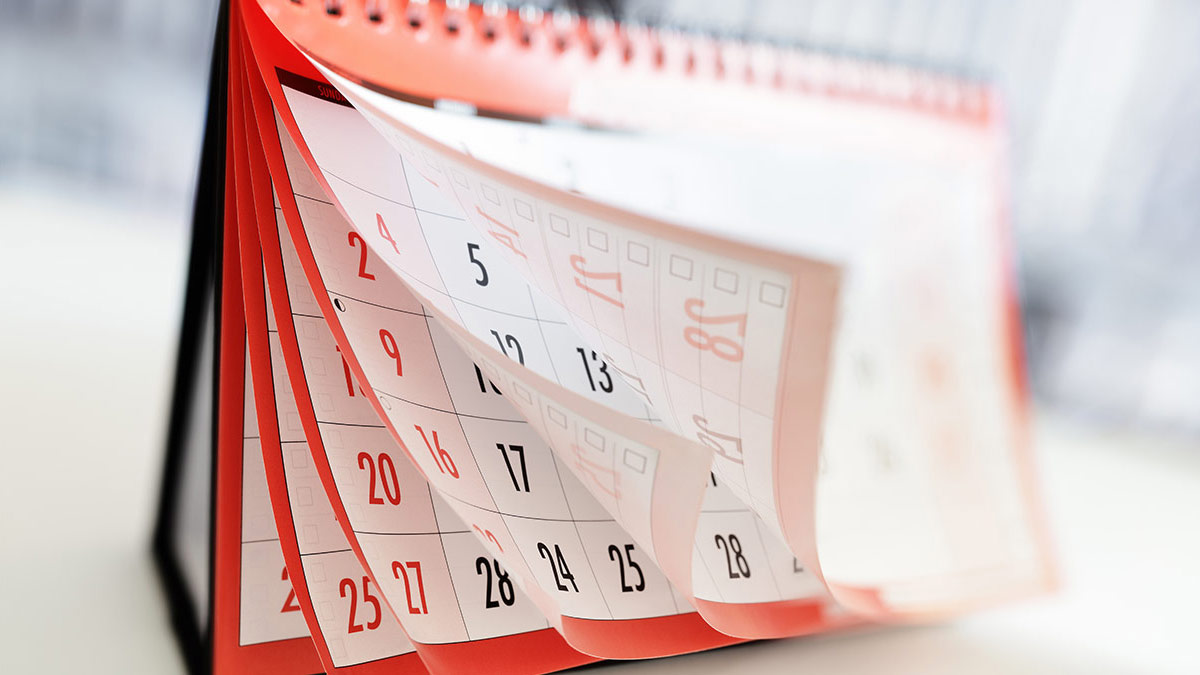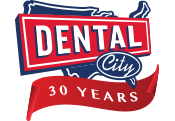
It seems in the last few years the dental industry as a whole has tended toward the belief that scheduling patient appointments far in advance are best practice. After all, what better way to get a patient’s undivided attention and get something on the books than when they’re sitting right in front of you at their current appointment? They can’t ignore your physical presence like a phone call, mailed scheduling reminder or email.
On the surface, this seems like a fool-proof plan. Except people are, well, people. They’re forgetful, occasionally disorganized and sometimes just don’t prioritize their dental appointments over other things that pop up in their lives. And this is especially true for appointments scheduled many months in advance.
So how does a dental practice strike a balance between scheduling when they know they’ll have their patients’ attention and waiting too long and not making meaningful contact? A hybrid scheduling system.
A hybrid scheduling system for dental appointments takes into account that all people are different and, therefore, will respond better to certain scheduling practices over others. This means you’ll need to put in a little extra effort up front by determining the different types of scheduling practices you’re going to adopt for your practice and which patients each will apply to.
For example, you could begin using these three scheduling strategies:
- In Appointment Scheduling – most likely the type of schedule you’re already practicing, with this strategy you’ll set up an appointment for a patient while they’re in your office at the end of an appointment. This strategy is best applied to patients who have a strong history of showing up for appointments scheduled in advance without the need for excessive reminders.
- 2-3 Months’ Notice Scheduling –Send a physical reminder of the need to set up an appointment or choose another communication like text or email to encourage the patient to call in. If they don’t respond within a week follow up with a phone call with a few appointment options for them to choose from. Once the appointment is scheduled send one reminder a week in advance to ensure they remember. This strategy works best for patients whose schedules vary, making it difficult to plan too far ahead of time or for patients who may have forgotten one or two appointments in the past.
- “Last Minute” Scheduling – this strategy entails you anticipating holes in your schedule and having a certain list of patients you can call to fill them. So if a cancellation or no show happens you can attempt to fill the opening and maintain production. This strategy works best for patients that either has very flexible/open schedules (like retired persons) or for people who have a history of repeatedly forgetting or skipping advanced scheduled appointments that you’d rather not allow take up a spot on your schedule ahead of time.
When you implement a hybrid scheduling system, like one including the strategies above, you proactively work to minimize cancellations and skipped appointments by meeting your patients where they’re at.
It makes no sense to force a patient who works retail to schedule an appointment six months out when their work schedule changes nearly every week. In the same way, a patient who works the same schedule every week and has few commitments outside of work will most likely have no problem sticking to an appointment scheduled that far in advance. That’s why not scheduling every patient with the same strategy is so important.
If you want to minimize cancellations and no shows give a hybrid scheduling system a try. It might just be the strategy your practice needed to see a boost in productivity and efficiency.

